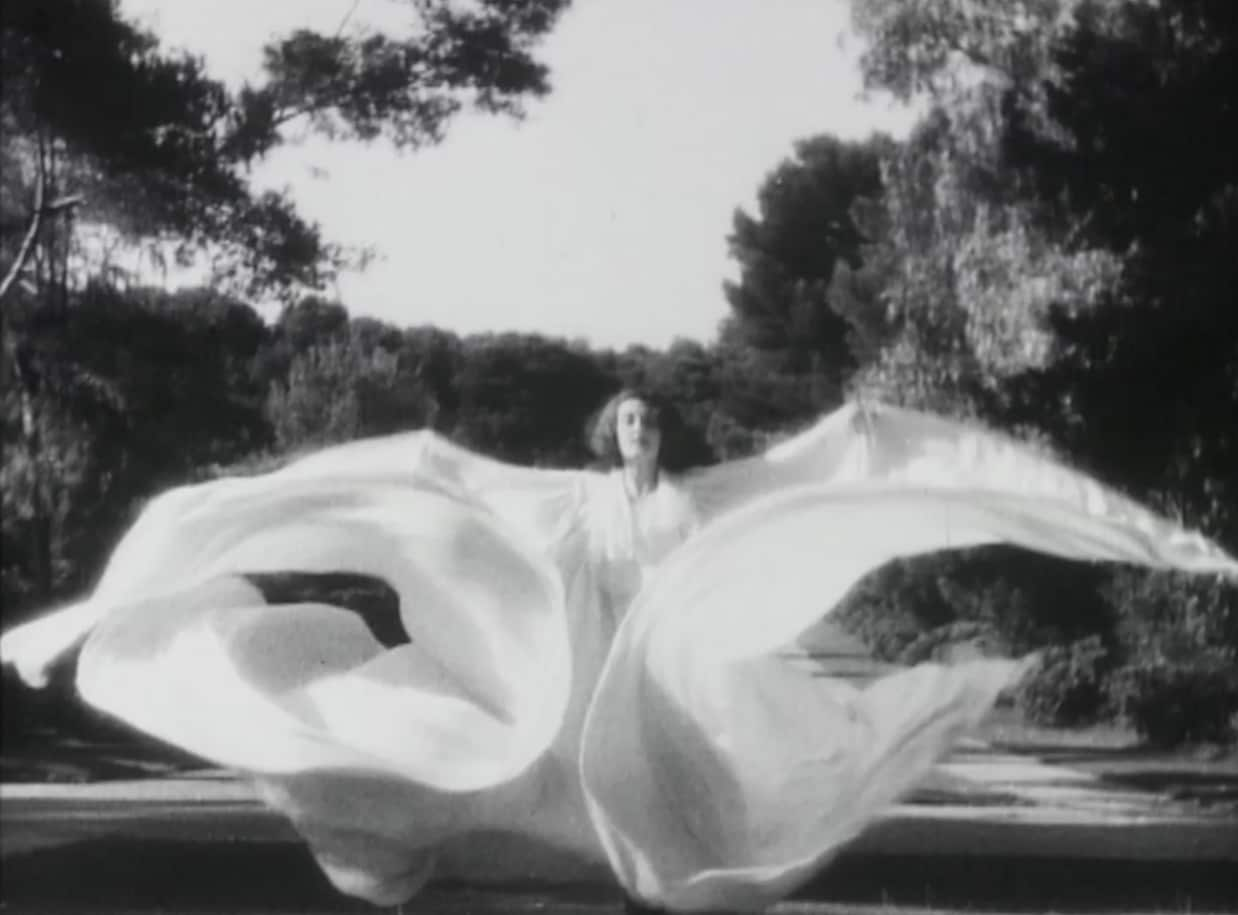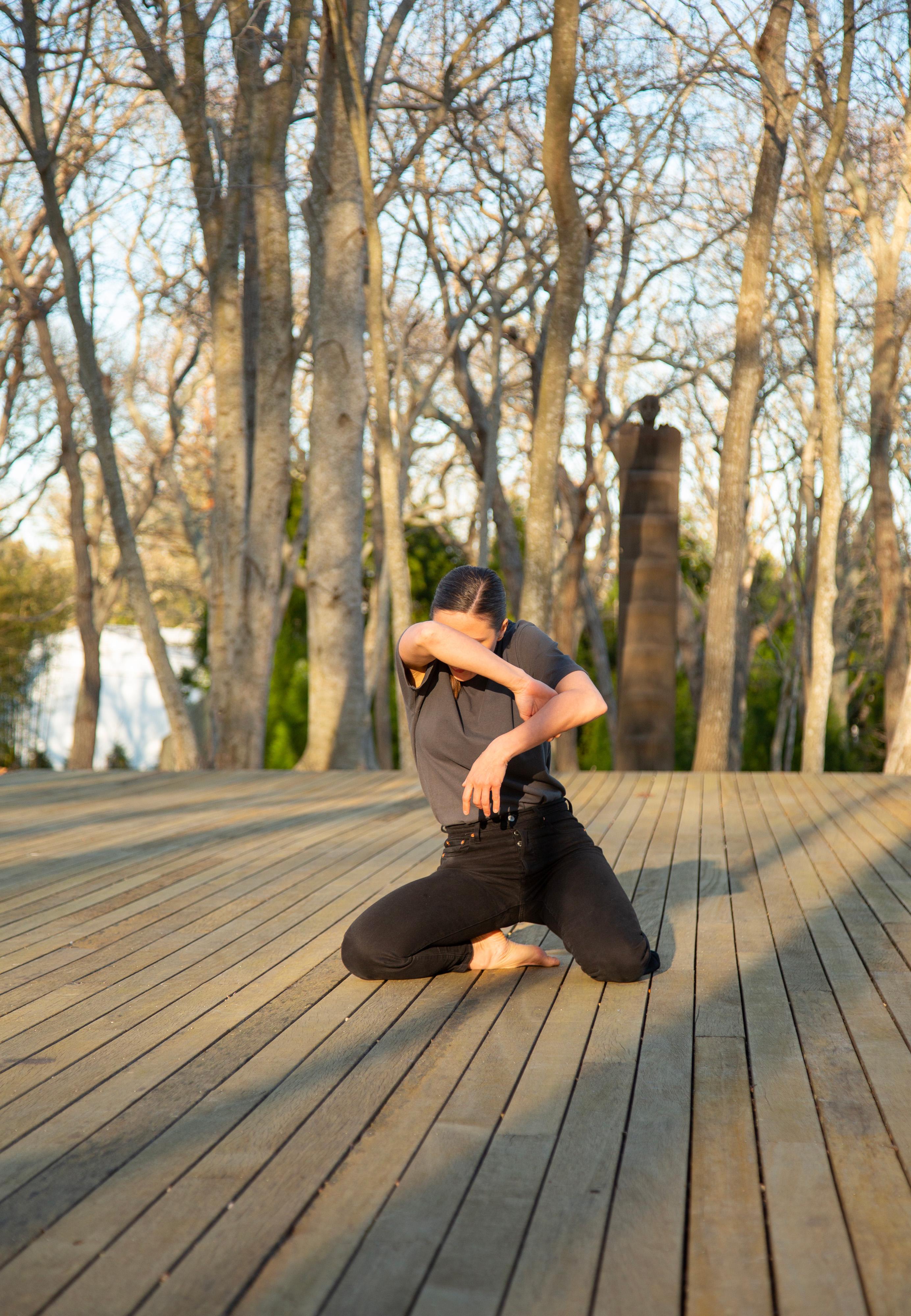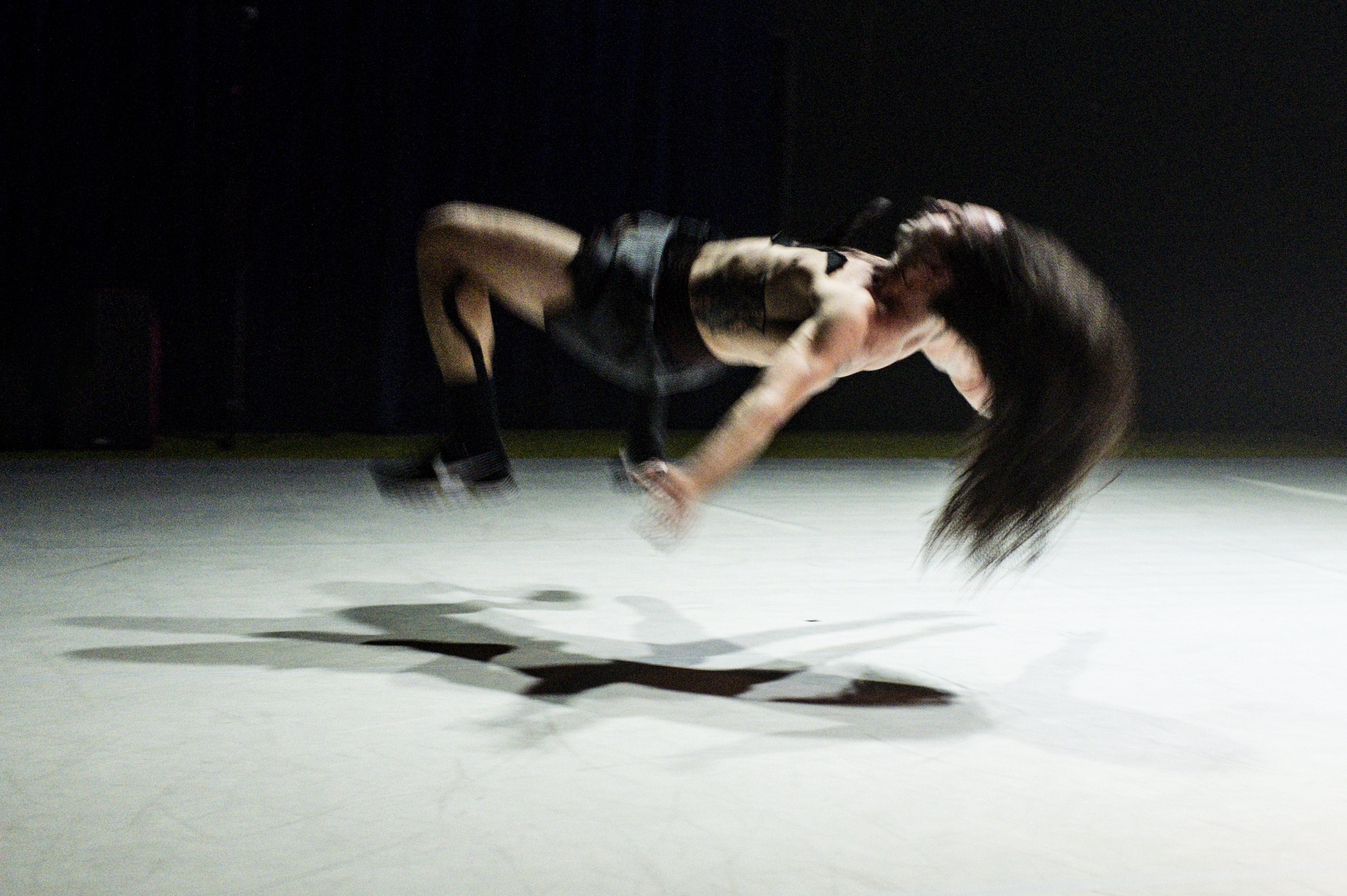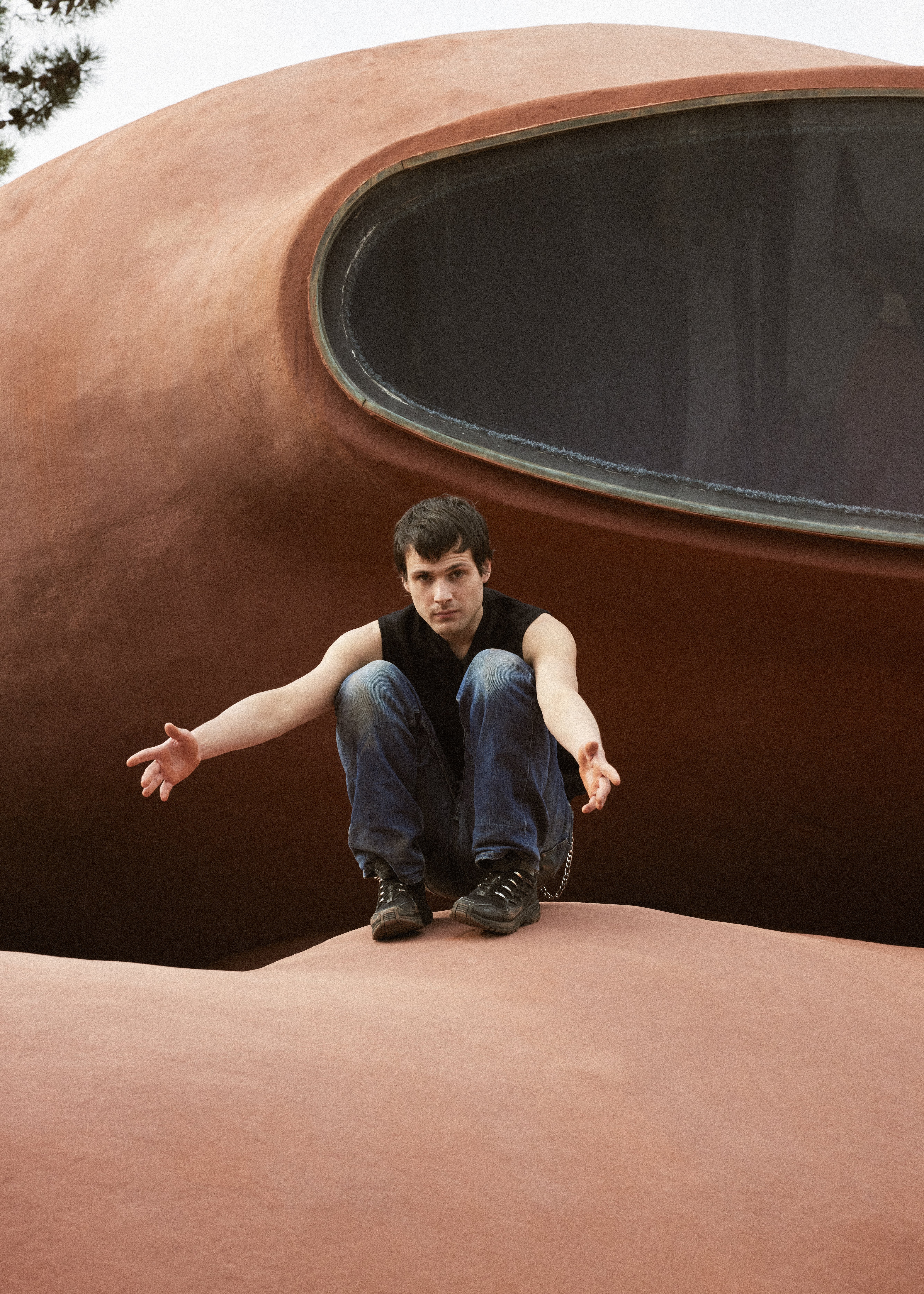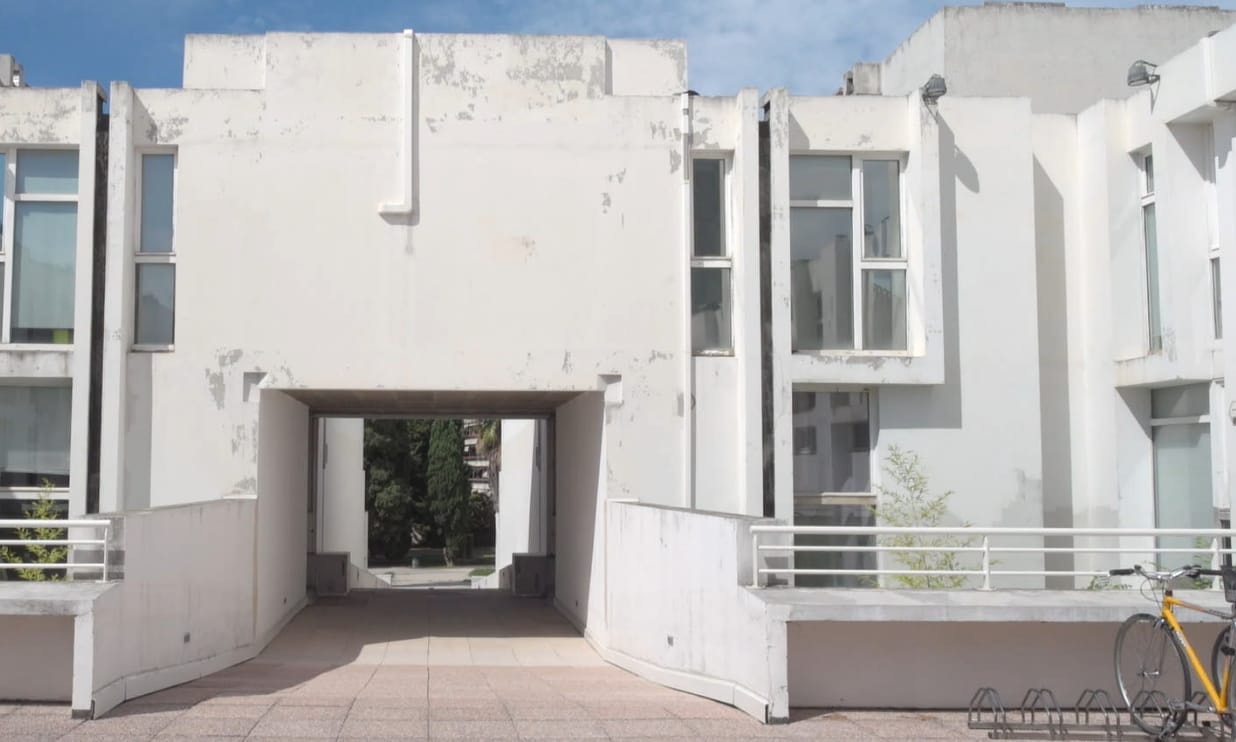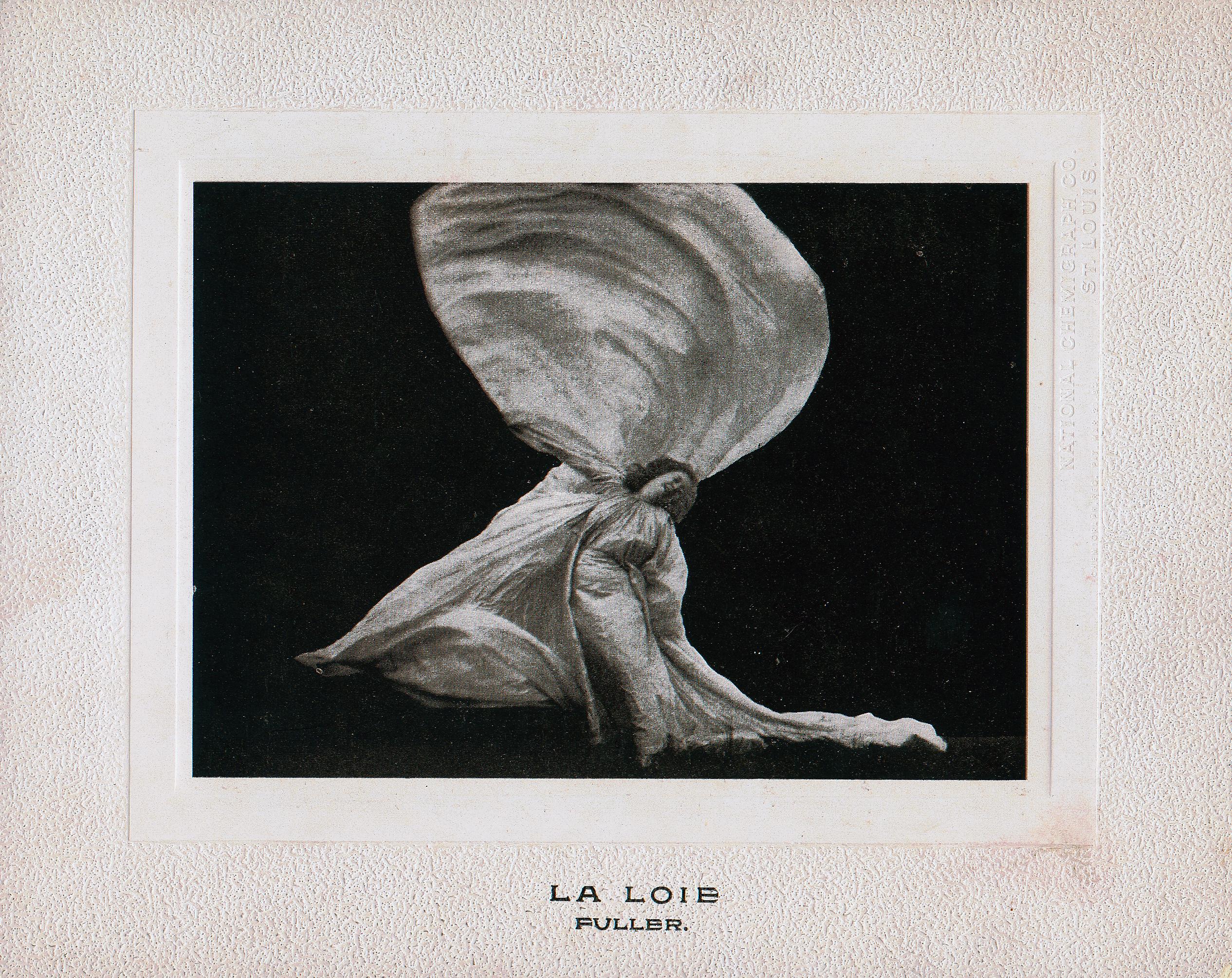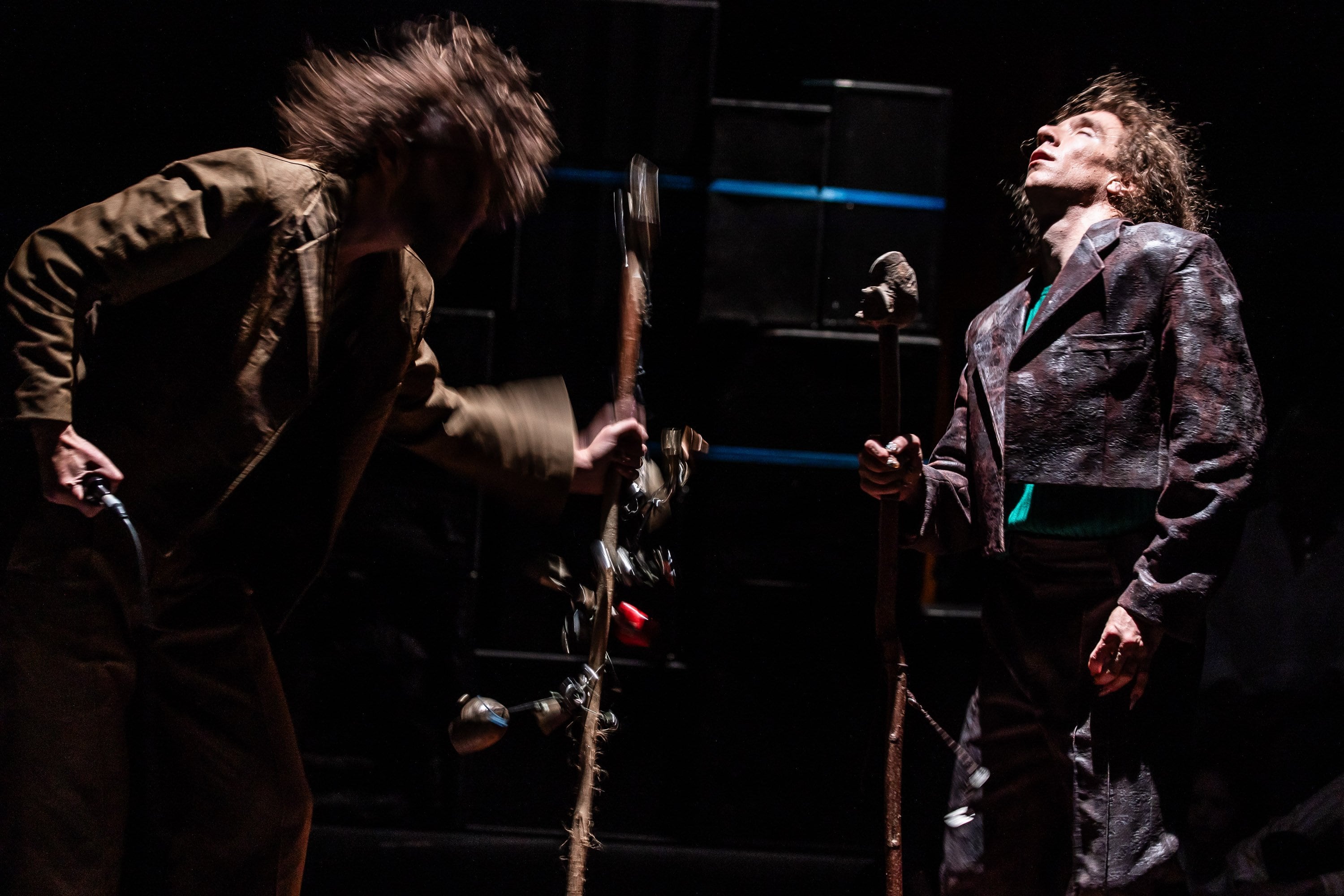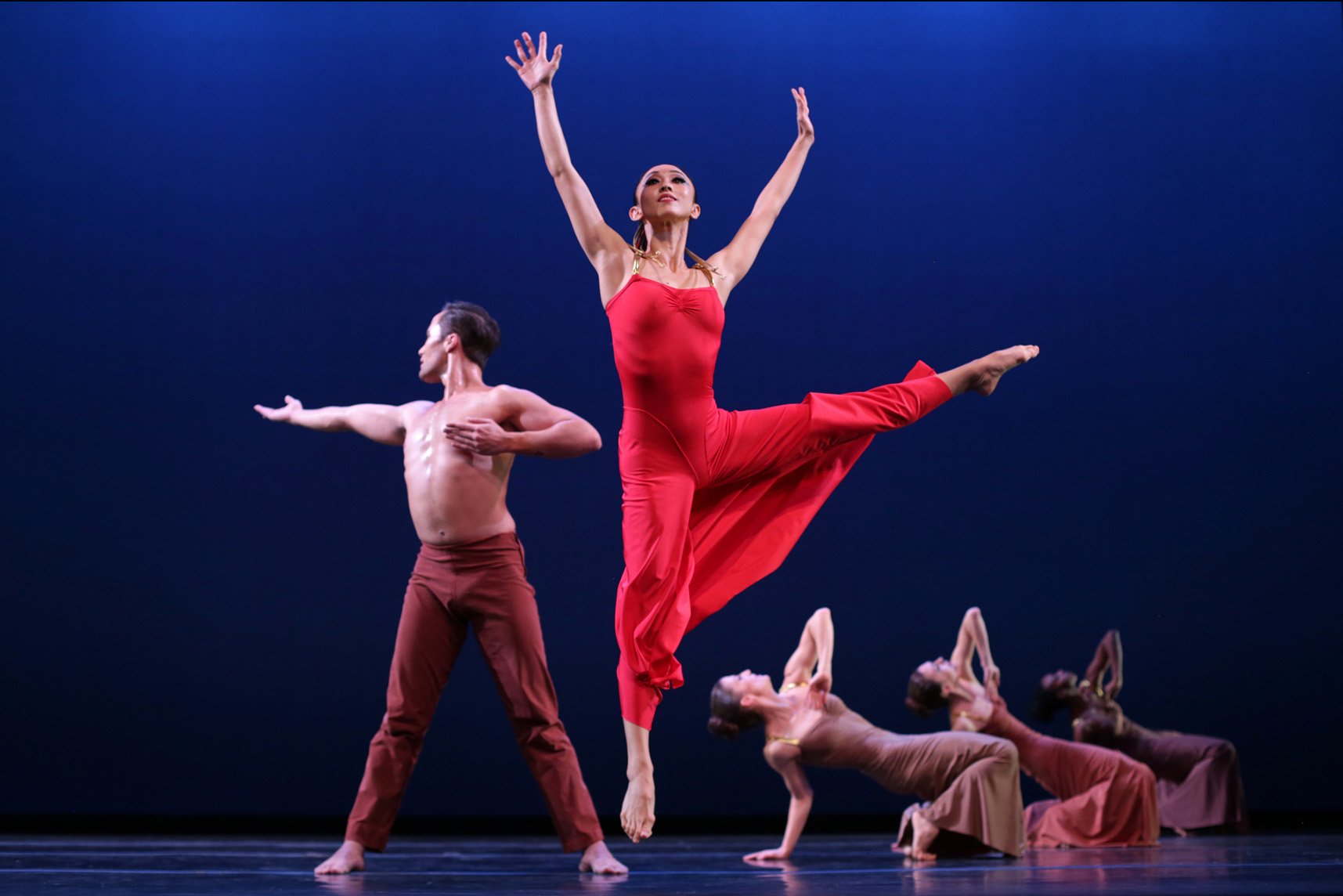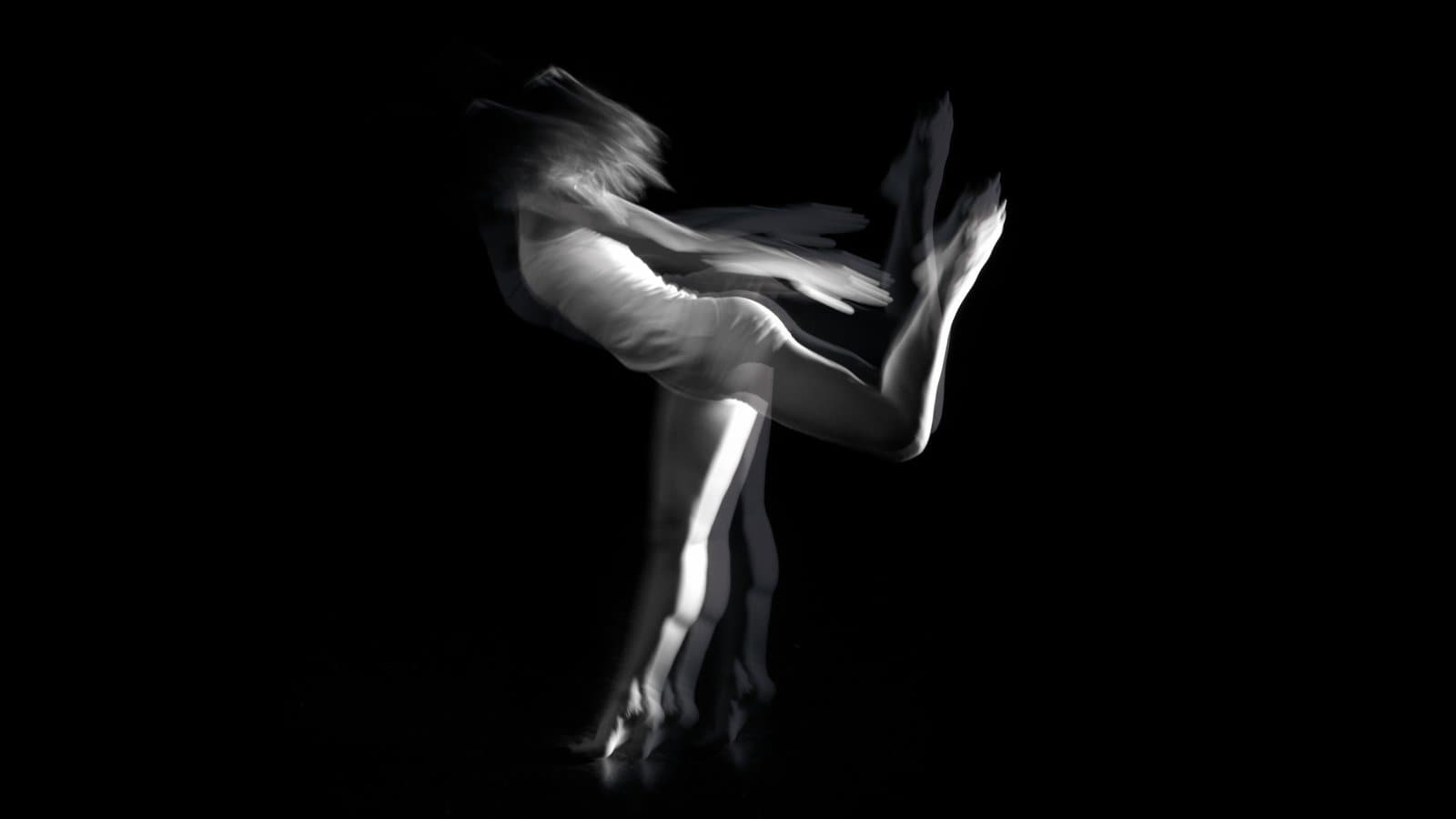Two “Neighbours” Brought Together by Forsythe: Gjoka & Yasit
Emily May ALIGNIGUNG
At first glance, Brigel Gjoka and Rauf “RubberLegz” Yasit may appear to be polar opposites. Originally from Albania, Gjoka is a classically trained dancer who has worked with William Forsythe since 2011, whereas Yasit is a self-taught Kurdish-German b-boy who has competed in and judged breaking competitions around the world. However, after discovering an innate chemistry during the rehearsal process for Forsythe’s 2019 production A Quiet Evening of Dance, the pair have gone on to create Neighbours, an abstract yet emotional duet in which they explore common ground. Ahead of performances of Neighbours across France this fall, Gjoka and Yasit spoke about their individual journeys and creation process.
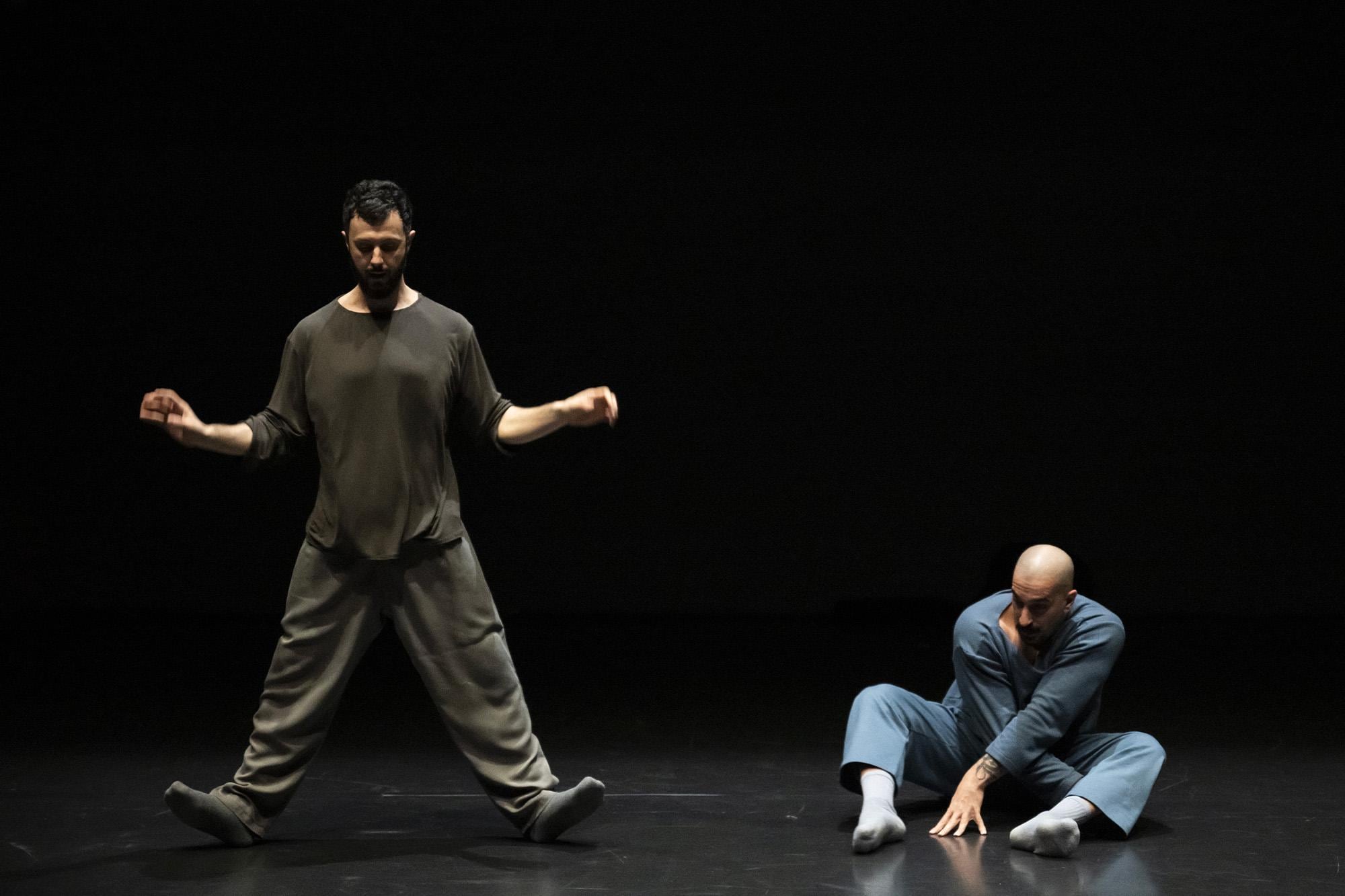
What are some of your earliest dance memories?
Brigel Gjoka: I was born in the late ‘80s, when Albania was still under communism. Movement wasn’t anything new to me: at our family gatherings, people would sing and dance a lot, predominantly folk dance. Eventually, I auditioned for the National Ballet School in Tirana. I didn’t really graduate because I had an opportunity to train in Cannes. At that time it was a major thing to be able to escape the country.
Rauf “RubberLegz” Yasit: I also started with folk dancing as my dad was a Kurdish dance teacher. When I was twelve I got into breaking and started to explore the hip-hop scene.
How did you each first connect with William Forsythe and come to dance for him as part of the project A Quiet Evening of Dance (2019)?
B.G.: I hadn’t even encountered contemporary dance until I moved to France. In those days, the only way you could get outside influences in Albania was by smuggling in VHS recordings. When I joined The Forsythe Company in 2011, I was treated like I’d been there forever. I had to work really hard to challenge myself to be on the same level as the other dancers who’d been [working with Forsythe] for over 30 years.
R.Y.: I’d only worked with Bill once before as part of a film project, ALIGNIGUNG (2016), which he created for the Paris Opera. When he asked me if I wanted to be part of A Quiet Evening, I said yes without even knowing what it was. I didn’t realize I’d have to do ballet, so at first I was a little bit afraid and awkward. Then I tried to look at the movements we were making as if they were part of a hip-hop routine, for example comparing balletic turn-out to breaking steps. Not culturally, but position-wise, if you look really close, the two styles actually overlap quite a lot.
Tell me about how your relationship with each other developed over the course of A Quiet Evening.
B.G.: There was just this chemistry between us that emerged during rehearsals. Bill approached Sadler’s Wells in London and said: “I’m curious to see these two guys create something together. You should support them”. That was how Neighbours started.
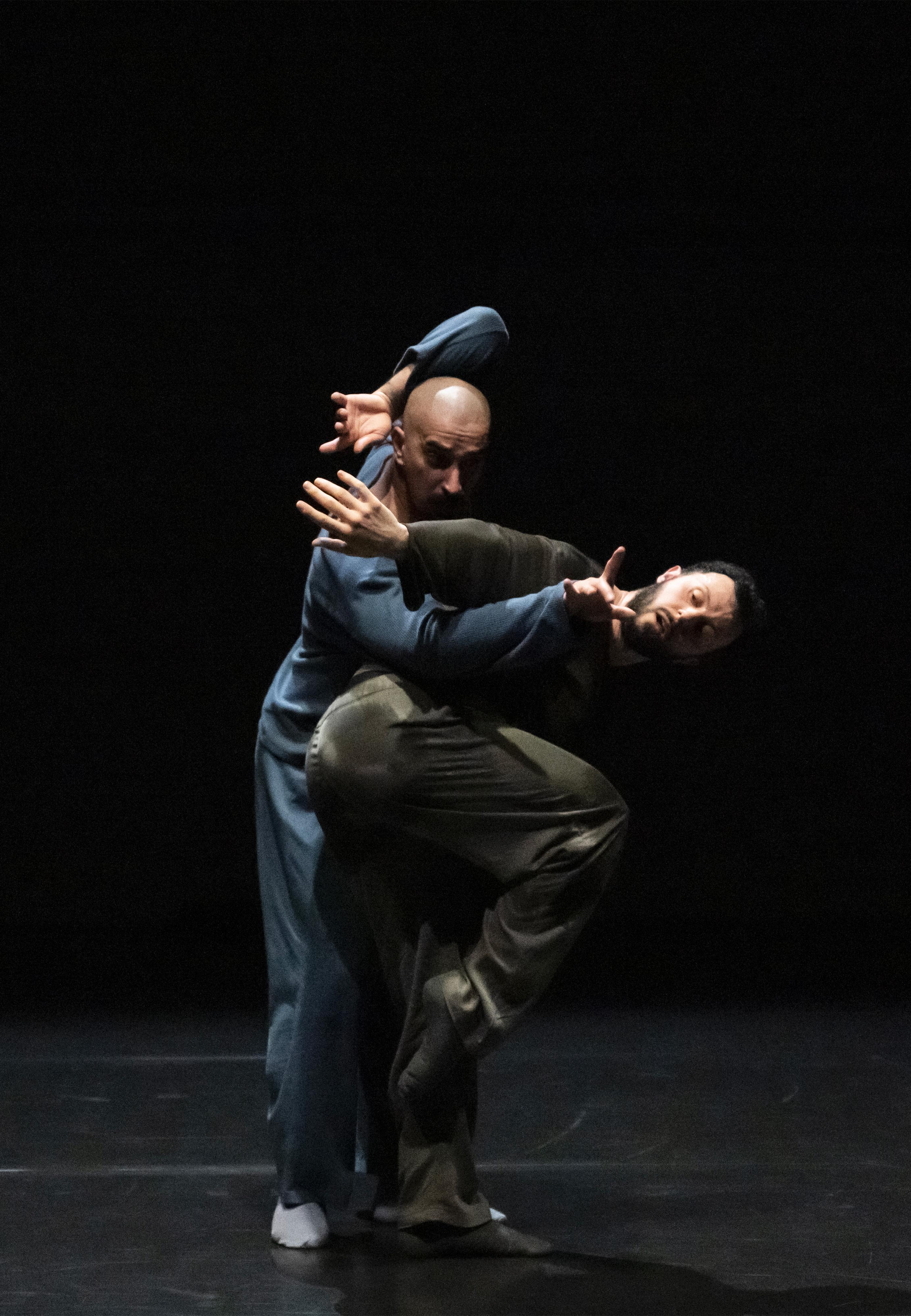
What were the initial ideas and themes you started playing with when you first got together in a studio?
B.G.: We didn’t just want to show off a few of our skills from our respective styles, it was more about going on a journey together and crafting a choreographic relationship onstage. We didn’t use music, lighting, or costumes: we were just really focused on creating musicality through our gestures, smiling, and playing with each other.
R.Y.: It was so difficult. Before, we’d been under the direction of William Forsythe. Even when we choreographed our own material or improvised, we were responding to phrases he’d created or tasks that he’d set. For Neighbours we had to define everything ourselves and try to find a common ground amidst all of our personal histories and experiences. We hit a wall quite early on.
B.G.: Rauf asked me what I needed from him. I said freedom. I can’t structure everything from the beginning like he does. I like the idea that everything can change until the last moment.
How did the title, Neighbours, emerge?
R.Y.: I suggested Neighbours as a title because of the playfulness between us both when we are dancing. It reminded me of growing up around other immigrant children from different countries. We called each other neighbors, even if we lived five streets away.
B.G.: During the Albanian Civil War, my family’s neighbor used to come and sleep every day at our house. If he didn’t come over, we knew something was wrong. He was our brother. Being neighbors is a human relationship.
How did your respective cultures influence the development of the piece?
R.Y.: We taught each other some different folk dance steps that we use every now and then in the piece.
B.G.: There’s also various set elements that allude to our heritages, such as long handkerchiefs that are used at weddings and in folk dances. I also wear a veil for a solo that I call “the missed marriage”. During the Albanian Civil War, many people were forced into exile, so people would often conduct weddings with just the bride and a photograph of the groom.
R.Y.: All of these references are layered together to create something quite abstract but also emotional. The piece is not theatrical or narrative. We’re not playing other characters, it’s us on stage. It feels so real.
Neighbours is split into two parts. Part one is performed in silence, whereas part two, which was added at a later date, features music by the Turkish composer Ruşan Filiztek.
R.Y.: One of the producers at Sadler’s Wells recommended Ruşan to us, and we immediately knew he was the right person.
B.G.: It was a new challenge because we were adding a new person with his own way of working into a pre-existing piece. Ruşan is from Istanbul, so he’s also a neighbor. He has his own unique cultural heritage, but we also share some common ground.
In the program note you name William Forsythe as a collaborator. Can you tell me about his input into the piece?
B.G.: Before the premiere of part one at PACT Zollverein in Essen, he asked us to show him what we’d done. He gave us his expertise as an external eye.
R.Y.: The connection between Brigel and I wouldn’t exist without Forsythe. We have tools and ways of working that we learnt while dancing with him. We’re both really open to play and exchange, for example.
B.G.: With Bill, you turn up every day and never know what’s going to happen. His company is like a planet where everyone’s bringing resources and trying to create and recreate constantly. I've never found that anywhere else. It’s become my model for living.
Do you have any plans to work together again in the future?
B.G.: Right now we have nothing planned. We’re just working on Neighbours and our own projects as freelancers. It’s up to the future to decide the answer to that question!
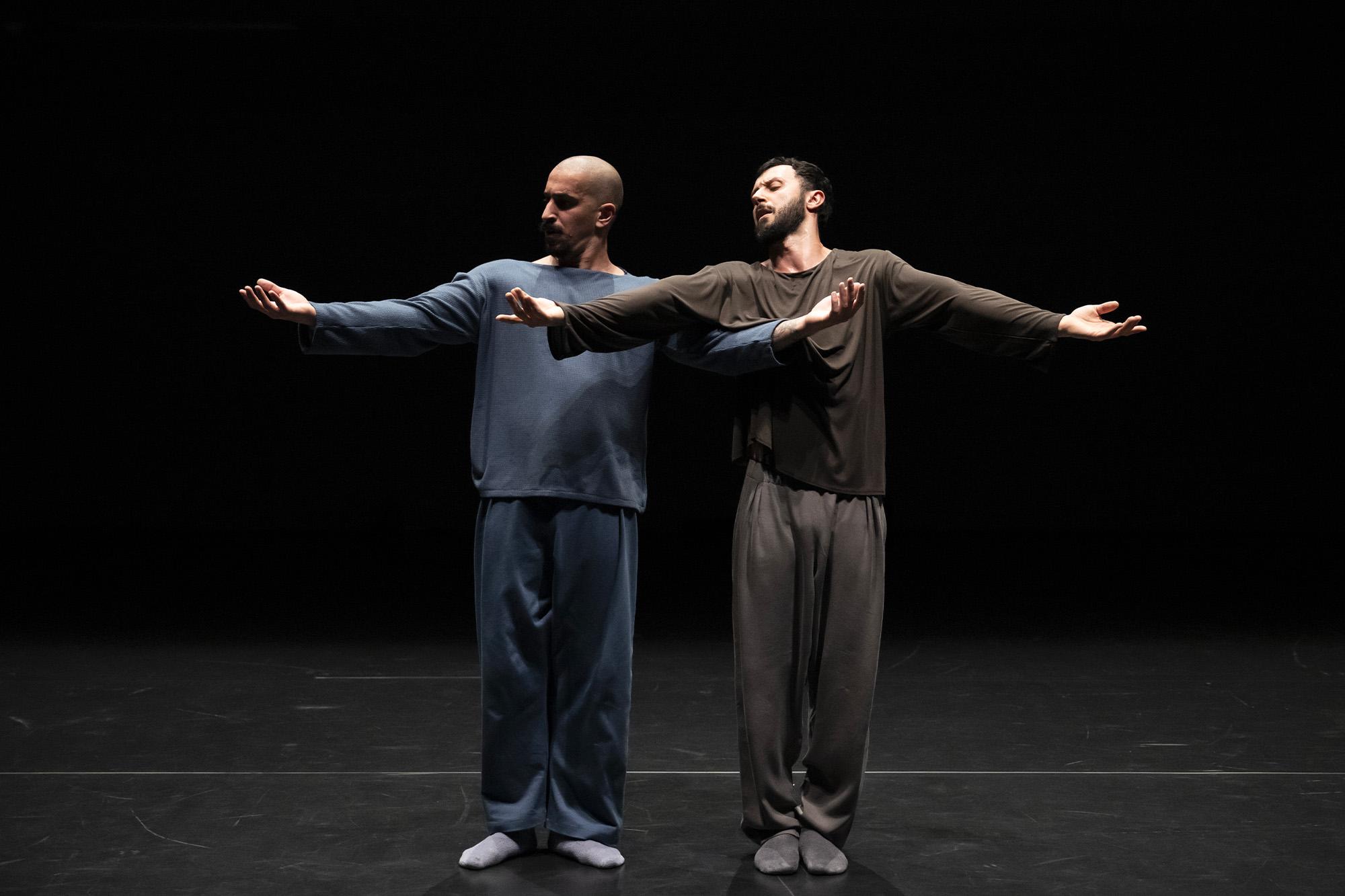
Neighbours
choreography Rauf Yasit & Brigel Gjoka, in collaboration with William Forsythe
21.09.2022 Maison de la danse, Lyon
6 & 7.10.2022 MC2, Grenoble
15.11.2022 La Ferme du Buisson, Noisiel
17 > 24.11.2022 Chaillot Théâtre national de la danse, with the Festival d’Automne à Paris
29.11.2022 Théâtre du Beauvaisis, Beauvais
3.12.2022 Théâtre Louis Aragon, Tremblay-en-France
sadlerswells.com

